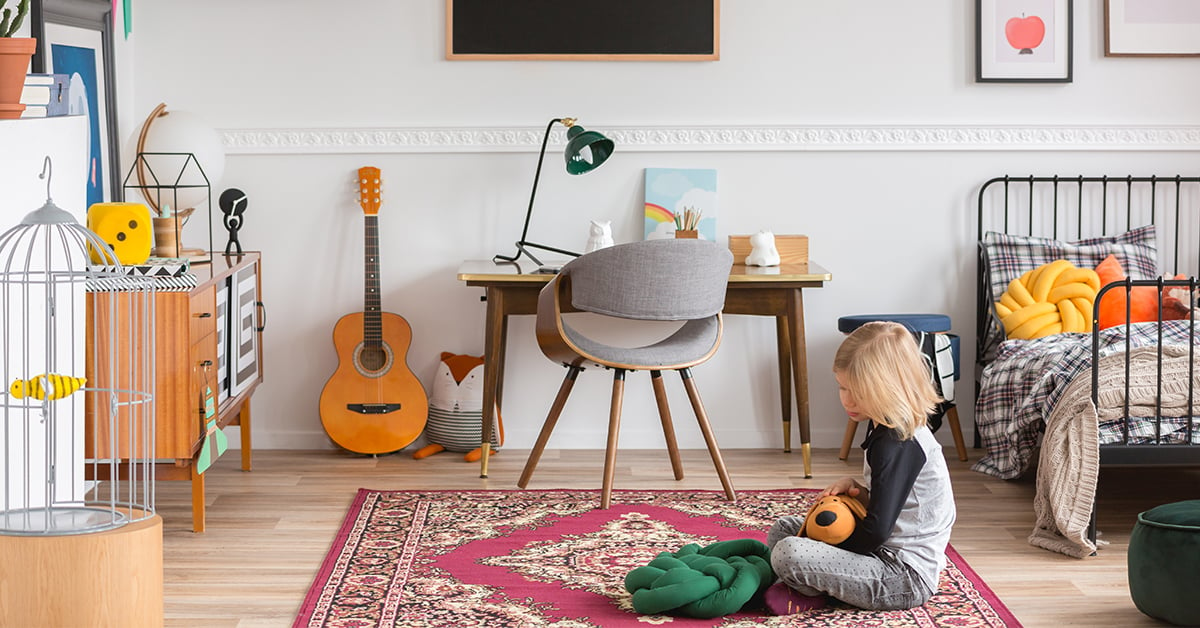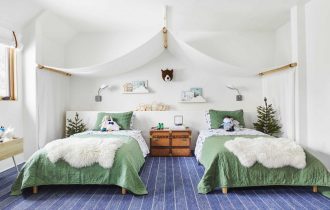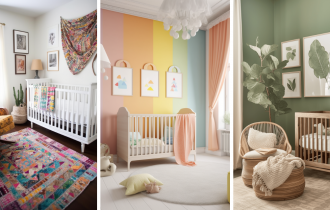Transitioning from Nursery to Toddler Room: A Comprehensive Guide
As your baby grows and develops into an active and independent toddler, their needs change dramatically, and so too should their bedroom. As celebrated interior designer Billy Baldwin once said, “Be faithful to your own taste because nothing you really like is ever out of style.” This quote doesn’t just apply to adult spaces – it’s equally essential to consider your growing child’s emerging preferences and needs when redesigning their space. Here’s a comprehensive guide on how to transition smoothly from a nursery to a toddler room.
Assessing Your Toddler’s Needs
The first step in the transition is to evaluate your toddler’s needs. Unlike a baby, a toddler is mobile, curious, and increasingly independent. Therefore, the room design should reflect this, with a focus on safety, space for play, and elements that nurture their burgeoning independence.
Think about your child’s daily routine. They might need more open floor space for playing, a low table for coloring or puzzles, a toddler bed they can get in and out of on their own, and accessible storage for their favorite toys and books.
Toddler Bed Transition
One of the biggest changes you’ll make is transitioning from a crib to a toddler bed. This switch is often made when a child starts climbing out of the crib or when they express a desire to have their own bed. A toddler bed is a safe, comfortable middle ground between a crib and a regular bed. These beds are closer to the ground and typically have guardrails to prevent falls.
When choosing a toddler bed, it’s vital to keep comfort, safety, and style in mind. Some cribs even convert into toddler beds, which can be a cost-effective and familiar option for your child.
Reconfiguring the Room Layout
A toddler’s room layout should focus on creating a safe and playful environment. Make sure there’s plenty of open space for your child to play and move around freely. Rearrange the furniture to eliminate any potential hazards such as sharp corners, climbable shelves, or heavy objects that could tip over. It’s also a good idea to secure furniture to the wall using safety straps for added security.
Practical and Accessible Storage
As your child’s collection of toys, books, and clothes grows, so does their need for storage. However, unlike nursery storage, toddler storage needs to be easily accessible and easy for them to use independently. Low shelves, open bins, and drawers can make it easier for your child to take out and put away their own toys and books. Consider labeling storage containers with pictures of what belongs inside to help your child stay organized.
Interactive Elements
As your child grows, their room should provide a wealth of learning opportunities. Consider adding interactive elements such as a chalkboard wall for doodling, an area for art and crafts, or even a reading nook to encourage a love for books.
Balancing Safety with Independence
As you redesign the space, it’s important to balance safety considerations with your child’s growing need for independence. All furniture should be sturdy and secure, and outlets should be covered. At the same time, independence-nurturing elements like a toddler-height clothing rack or step stool for the sink can be wonderful additions.
In the end, the transition from nursery to toddler room is an exciting milestone for your child. It symbolizes their growth and independence. As you navigate this change, remember the words of Albert Hadley, “Decorating is not about making stage sets… it’s really about creating a quality of life, a beauty that nourishes the soul.” Create a space that not only meets your child’s practical needs but also nourishes their soul and sparks their imagination.



